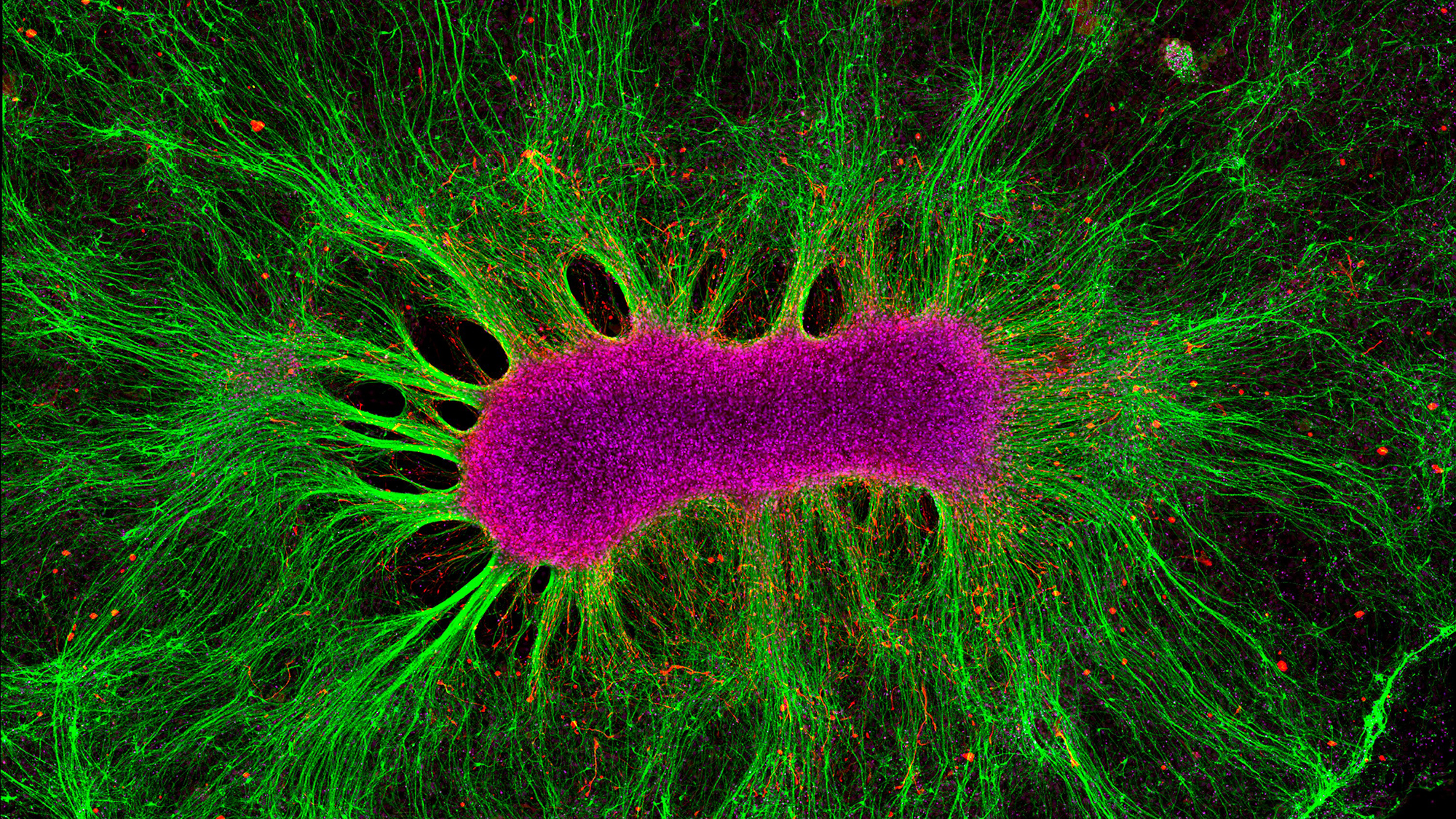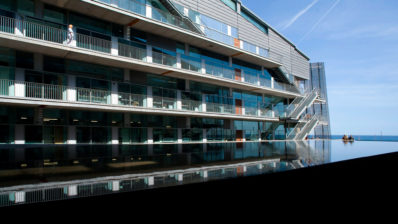Engineered blood vessels, livers, malaria, ZIKA and the inner ear were some of the varied protagonists of a series of talks that took place last January 14-15 at the Barcelona Biomedical Research Park (PRBB). The occasion was the selection of two new group leaders for the latest centre to arrive at the park, the European Molecular Biology Laboratory – Barcelona (EMBL).
The eight candidates, all junior researchers coming from a variety of institutes and universities from all over the world – from Cambridge (UK), Heidelberg, Copenhagen or Vienna to Stanford, Seattle and the MIT – gave 45 min talks about their latest work, as well as their future research plans. Organoids were a common thread to many of the talks.
The audience could hear Kristina Haase talking about self-assembled capillaries that can be perfused and used to study pre-eclampsia, drug transport in cancer microenvironments or ischemia. Maria Bernabeu Aznar, using pre-patterned gels to develop blood vessels, talked about the relationship between the blood brain barrier, vascular pathology and malaria. Veronica Krenn showed how she could create brain organoids that reproduce microcephaly phenotypes – like those caused by the ZIKA virus – and how these tiny brains have shed some light on a type of interferon with therapeutic potential.
Among other speakers, Luigi Aloia talked about the epigenetic mechanisms driving adult liver regeneration and organoid formation. Weng Chuan Peng from Stanford introduced a different angle by using tissue repair in the liver as a strategy to understand the potential to culture cells in vitro. Another popular organoid, the one made from intestinal crypts, was also well represented in the talks of Megan Stanifer and Jordi Guiu. Megan talked about the use of intestinal organoids as a model system to study host-pathogen interaction and Jordi combined mouse transgenics and molecular biology to trace the origin of adult intestinal stem cells.
The last speaker of the event, Marta Roccio, brought the audience from thoughts to sounds, leaving for a moment the brain on second term and focusing on her inner ear organoids, which she uses as hearing loss models. With them she aims to study the development, degeneration and regeneration of this complex sensory system.
Which of these brilliant young researchers will join us as new group leaders at EMBL Barcelona? Whoever they are, the PRBB community is looking forward to welcoming them. Watch this space!







